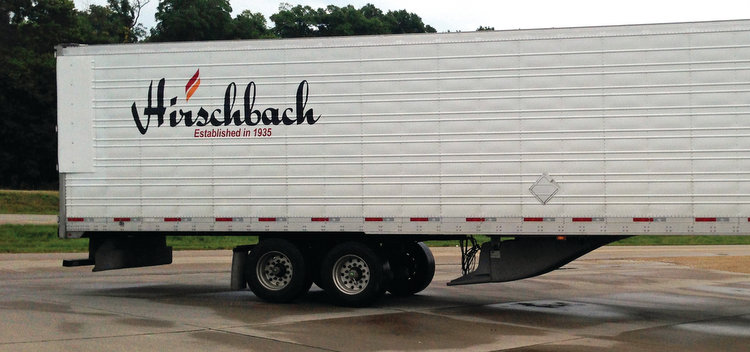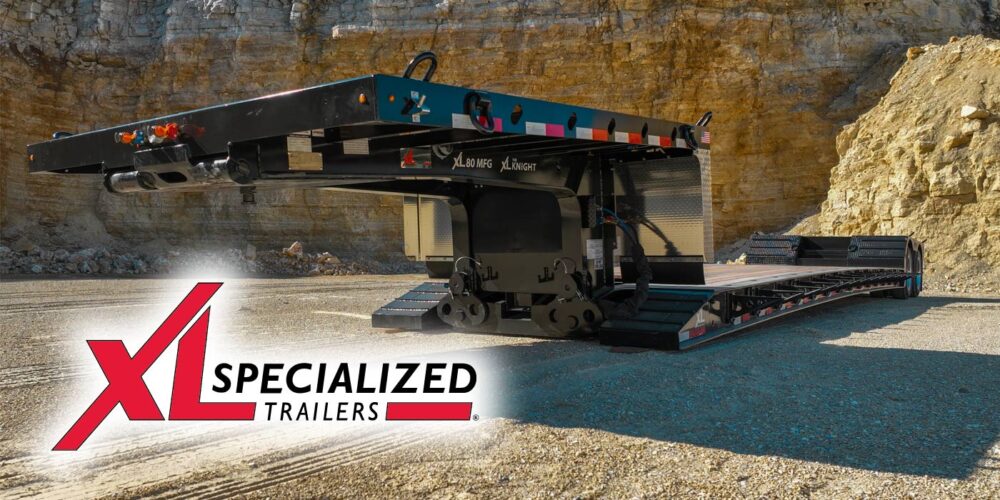In the fight for fuel efficiency, fleet managers are assaulted with a litany of efficiency products that claim to reduce fuel usage. The aerodynamic product category is starting to come into its own, where the impact has shifted the question from “Do these products work?” to “How do these products work for my fleet?”
There are a myriad of aerodynamic products for both the truck and trailer, and there has been success in the market place for these products. Just look at the demand for the Freightliner Cascadia Evolution tractors that boasts aerodynamic and efficiency improvements that the OEM says deliver up to an additional 7% improvement in fuel economy over an EPA 2010-compliant Cascadia, and up to 5% better fuel efficiency over the 2013 Cascadia. In the five month period between the start of production in March 2013 to the end of August 2013, Freightliner trucks received more than 15,000 orders for the 2014-model year tractors.
On trailers, skirts and undertray systems have also seen an increasing interest. It’s not uncommon to see more skirted-trailers than not on the highways, and Smart Truck reported that it has 30,000 undertray products on the roads today, and that number is increasing. The company puts its UT-6 undertray configuration at an approximate 6% miles per gallon fuel savings. Of course, individual results my vary. While acceptance for aerodynamic products has increased, the next challenge is proving the increase in efficiency for fleets.
Easier said than done. Even back in 2009, a white paper investigating truck aerodynamics and its impact on fuel economy by Peterbilt Motors Co. pointed out that improper testing can produce results that vary wildly. In regards to the then-popular wind tunnel testing, Peterbilt’s Engineering Systems Manager Rick Mihelic stated, “Repeatable results do not guarantee accurate results … Accurate results should represent real-world results, and accurately interpreting wind tunnel results has been a longstanding challenge.”
More recently, the aerodynamics industry has moved toward commercial aircraft level computational design (CFD) and accurate coast down aero testing. Both are complicated tasks that are best left to third-party companies. So how does a fleet manager prove that investing in aerodynamic products can pay off?
Some smaller fleets, have been able to conduct their own real world testing, using their equipment and their drivers, but it’s no small order. Even the most rudimentary requires dedicated lanes, equipment and drivers, in addition to the monitoring logistics to put together a decent test. SmartTruck Chief Commercial Officer Mitch Greenberg explained that within the aerodynamic product category, it’s a case of the smaller fleets producing fuel efficiency results while larger fleets struggle to justify the cost. Anecdotally, he said that some of the best efficiency proof comes from owner/operators. It makes sense—the fuel money is coming out of their pockets.
They’re happier when they’re spending less. The same can be said for the trucking industry as a whole. It’s just a matter of time before fleets that have invested in aerodynamic products to see the return coming back in their bottom lines.














